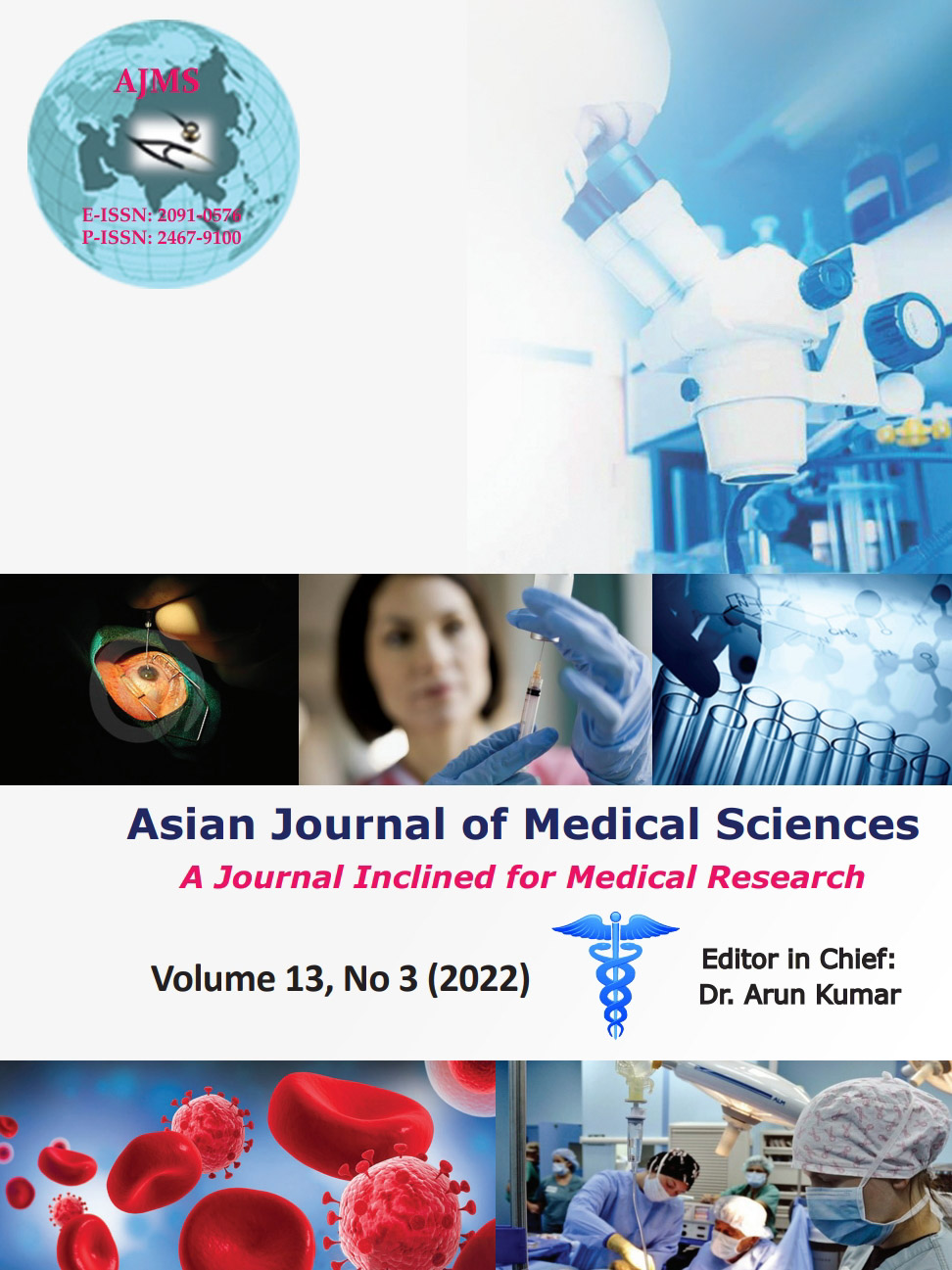The problem with APC and open access: Hurdles in publishing practice
Keywords:
APC, Open access, Hurdles , Publishing practice, MonopolyAbstract
Publish or perish has been the mantra for researchers and scientists. It is an aphorism describing the sheer pressure to publish academic work in order to succeed in an academic career. After all what good one has done if they didn’t even publish an article in a good journal. A good journal is the one with the highest impact factor. The Impact Factor is calculated by dividing the number of citations in the JCR year by the total number of articles published in the two previous years. An Impact Factor of 1.0 means that, on average, the articles published 1 or 2 years ago have been cited one time. While the impact factor metric is very unreliable to judge the quality of the journal or published paper, as numerous unfair and dubious means were frequently adopted to boost the journal impact
factors. But still, the race is on with the psychology to publish in higher impact journals as it is often associated with greater academic rewards. What emerged out of this race is that journals and the publishing houses ramped the article processing charges (APC) to an astronomical level, which was unprecedented before.
APC for a few BMC, MDPI, SAGE DOVE press journals on an average exceed 2000 USD, equivalent to few months salary of the Principle Investigtor.
Journal publishing house often justifies high APC citing reasons for “open access” such that they are freely available for a wider range of readers free of cost or to meet their operational cost. Although apparently sound like a great initiative, a little more investigation reveals an underlying agenda, which is far from true when we find that a majority of this same. Publishing house ferociously opposes Sci-hub like 3d party platforms which genuinely gives free access to all readers worldwide. Recently, three major academic publishers Elsevier, Wiley, and American Chemical Society filed a copyright infringement suit in the Delhi High Court, India against “Sci-Hub” and “Libgen” which provide free access to millions of research papers/books. This clearly indicates that their intentions are misaligned with what they say. High APC is a means to just earn larger profit margins. Publishing house does mention a fee waiver for low-income countries but is exploited and abused instead of this as a helping gesture. Scientific research can hardly proceed in solo. It needs infrastructure, trained manpower, logistic support, and high-level coordination. Providing fee waivers for publication to countries that hardly can feed its starving populations makes little sense because either way, these countries are far behind to have material to publish or to engage in any credible research. Instead what is happening is what is called “author swapping” wherein the corresponding or co-corresponding authors are cherry-picked from these improvised nations for APC waiver without them anyway participating in the scientific study. This is surely unethical. Journals are also reported extorting authors who fail to pay the APC.
There are other flip sides of APC. High APC skew only those rich and affluent labs/groups who may be able to afford them, something getting away even with mediocre articles while genuine data from less affluent labs may never be able to reach these journals. This trend is growing alarmingly high, filtering out publications only from wealthy labs. Though the scientific community is well aware of this, very little is actually done to prevent this as the nexus runs deep benefiting few who can afford it. Unless this chain is broken, future science may just be determined by those who can afford the high APC to get into the highest impact journals, and not by the quality of science.
Downloads
Downloads
Published
How to Cite
Issue
Section
License
Copyright (c) 2022 Asian Journal of Medical Sciences

This work is licensed under a Creative Commons Attribution-NonCommercial 4.0 International License.
Authors who publish with this journal agree to the following terms:
- The journal holds copyright and publishes the work under a Creative Commons CC-BY-NC license that permits use, distribution and reprduction in any medium, provided the original work is properly cited and is not used for commercial purposes. The journal should be recognised as the original publisher of this work.
- Authors are able to enter into separate, additional contractual arrangements for the non-exclusive distribution of the journal's published version of the work (e.g., post it to an institutional repository or publish it in a book), with an acknowledgement of its initial publication in this journal.
- Authors are permitted and encouraged to post their work online (e.g., in institutional repositories or on their website) prior to and during the submission process, as it can lead to productive exchanges, as well as earlier and greater citation of published work (See The Effect of Open Access).




